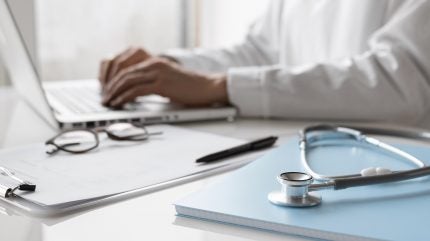
French startup Bioptimus has released H-optimus-0, the open-source AI foundation model for pathology.
The model, with 1.1 billion parameters, is trained on a proprietary dataset comprising hundreds of millions of images from more than 500,000 histopathology slides.
Its extensive training on a diverse dataset from 4,000 clinical practices enables it to perform medical diagnostic tasks, including the identification of cancerous cells and the detection of genetic abnormalities in tumours.
Bioptimus CTO Rodolphe Jenatton said: “Having launched less than five months ago, we are excited to introduce H-optimus-0, a fully open-source model that represents a significant leap forward in the field of pathology. We are committed to advancing medical research and improving patient care.
“By encouraging collaboration and the adoption of new practices, we aim to speed up innovations in pathology and beyond, ultimately benefiting patients worldwide.”
H-optimus-0’s training on a vast dataset ensures a high level of accuracy and the ability to handle a wide range of diagnostic scenarios. The model has demonstrated superior performance in various diagnostic tasks, setting new benchmarks in the field.
The open-source nature of H-optimus-0 allows for widespread access and collaboration.
This model is expected to drive innovation and improve diagnostic tools in pathology, ultimately enhancing patient care.
Bioptimus co-founder and CEO professor Jean-Philippe Vert said: “H-optimus-0 is just the beginning. It marks the first in a long series of models we will create at Bioptimus, each more advanced and comprehensive than the last.
“Future models will not only be trained on an even larger number of pathology images from Europe, Asia and Africa but will also incorporate other modalities, such as genomics and proteomics.
“Our ultimate goal is to create the first multiscale foundation model of biology, capable of integrating diverse biological data and scales to enable scientific discoveries and accelerate biomedical innovations.”



